Nestled deep in the jungles of western Honduras lies one of the most significant archaeological sites of the ancient Maya civilization: Copan. Known for its intricately carved monuments, towering temples, and sophisticated understanding of astronomy, Copan was a bustling center of Maya culture.
Beneath the ancient stone temples and monumental stairway, there’s a hidden world—an extensive network of tunnels offers a glimpse into the city’s earliest history. The deeper and further into the temples you go, the older the surroundings, back to the founder in the 400s CE, 1,600 years ago.
These tunnels are closed to the public, but now for the first time ever, you can fully explore them virtually. Over the past two years, I had the privilege of working onsite with a cross-institutional project 3D scanning these tunnels with the excavation teams from the Copan Association, Harvard University, the University of Pennsylvania, and more, helping to preserve these hidden treasures for future generations.

Documenting Copan’s 4 kilometers of tunnels allowed us to digitally preserve the layers of history beneath the surface that had been studied by archaeologists in the last 100 years. Reader, it was a journey. Living and working in the jungle with the people of Copan–and getting know several of them quite well in the tunnels–I will recommend to everyone.
I’m so proud to be able to share the early results of our collective labors! We hope to continue building resources out of the 3d content, for teaching and general tourism–even onsite since the tunnels are closed, the 3d scans are used to show what’s beneath the surface.
Peeling back the Layers at Copan: a Hidden City beneath the Surface
At its height during the Classic Maya period, between the 5th and 9th centuries CE, Copan was a thriving cultural and political center known for its intricate artistry. The city’s magnificently carved stelae, monuments, and hieroglyphs chronicle the lives of its rulers, gods, and goddess, but what many don’t realize is that Copan’s history is layered in the temples they created.
Like many ancient civilizations, the Maya continually built new structures on top of old ones, burying entire temples and palaces beneath the foundations of later generations, so the temples today are kind of like Russian nesting dolls. These buried layers, accessible only through tunnels dug by archaeologists over the past few decades, hold stories of Copan’s earlier history and evolution that are often overlooked.

Copan’s tunnels house a wealth of ancient Maya history, with some of the most significant discoveries found in its architectural and artistic treasures. Among these are three highlights that I used to give order to the virtual tours: Margarita Structure, the Rosalila Temple, and the Hieroglyphic Stairway—each offering a window into the spiritual and political life of the Maya civilization.
The Margarita Structure: A Symbol of Dynastic Power
One of the most intricate and significant carvings within Copan is found on the Margarita structure, which features a visual depiction of the name of the founder of Copan, Kʼinich Yax Kʼukʼ Moʼ. This stunning carving depicts the intertwined necks of two sacred birds, a quetzal and a macaw — representations of the founder’s name which means Green Quetzal Macaw.
The relief is among the oldest excavated at Copan and remarkably preserved–as you can see in the virtual tour, particularly in the feathers and the graceful curvature of the birds’ forms. In one of the lowest areas of the tunnels, down a long dark corridor, the reliefs glow with a deep and sacred presence as you approach. Nearby were buried the founder of Copan and the “Red Queen” of Copan, who some argue was the wife of the founder and earned her name by being coated in bright red cinnabar power, which you can still see in her tomb today.
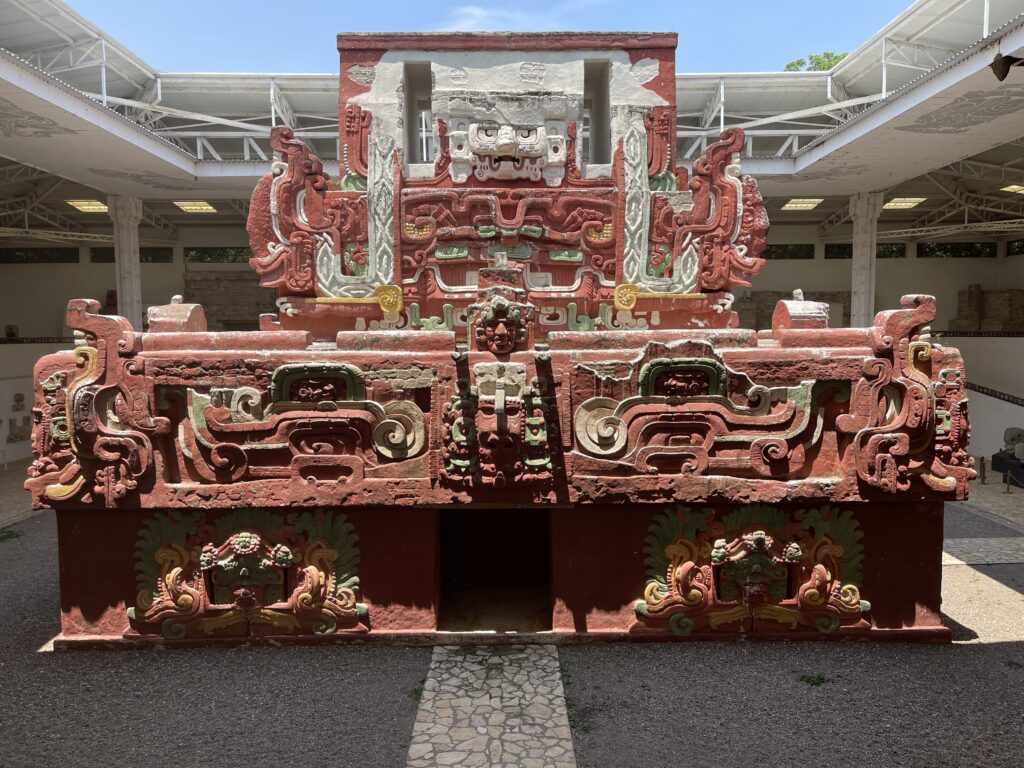
The Rosalila Temple: a Time Capsule of Maya Artistry
Excavated by Honduran archaeologist Ricardo Agurcia and his team, the Rosalila Temple is one of Copan’s most extraordinary and well-preserved structures, a unique example of Maya architecture that has survived intact thanks to its careful burial beneath later constructions. Unlike many buildings that were repurposed or destroyed by the ancient Maya, Rosalila’s bright red stucco facade and intricate carvings were sacramentally covered in white and carefully buried.
The preservation of Rosalila is unlike any other temple at Copan, and it provides a rare opportunity to study a Maya temple in nearly pristine condition. The Honduran teams created a precise 1:1 replica in full color of the temple in the nearby Sculpture Museum at Copan. Its vibrant reds, greens, and oranges, coupled with the detailed carvings, offer an invaluable glimpse into the aesthetic and religious practices of the Maya civilization. Visiting this temple virtually allows you to experience this masterpiece of the ancient Maya creation while still ensuring the structure isn’t damaged by being open to the public.
The Hieroglyphic Stairway: A Monument to Royal Legacy and Succession
The Hieroglyphic Stairway, a towering staircase adorned with nearly 2,000 individual glyphs, stands as one of the most iconic monuments at Copan and the longest Maya inscription anywhere in the world. This impressive structure chronicles centuries of the city’s royal lineage, inscribing the history of its rulers in stone. The glyphs themselves serve as both a historical record and a monument to the architectural and intellectual achievements of the Maya people living at Copan.
Along the stairs are statues of the rulers of Copan, and as you climb them in the virtual tour, you can look back down at the altar at the base of the stairs–just as the priests would’ve when they made sacrifices. The statues of the rulers look over your shoulder and onto the stela of the ruler in power in when the stairway was constructed. Nearby, a broad stone disc, the Motmot marker, was discovered, depicting the peaceful transition of power from the Founder of Copan to his son, and the stairway feels like a symbolic progression of a similar idea.
Beneath the visible stairway, however, lies an earlier version of the temple: through our virtual tour, you can explore the excavation tunnels inside this monument, showing how successive rulers expanded and rebuilt the staircase over time. These renovations not only symbolized political continuity and power but also served as tributes to their ancestors and the peaceful transition of power. The digital preservation of these layers captures the evolving history of Copan, ensuring that this critical aspect of Maya heritage is safeguarded for generations to come.
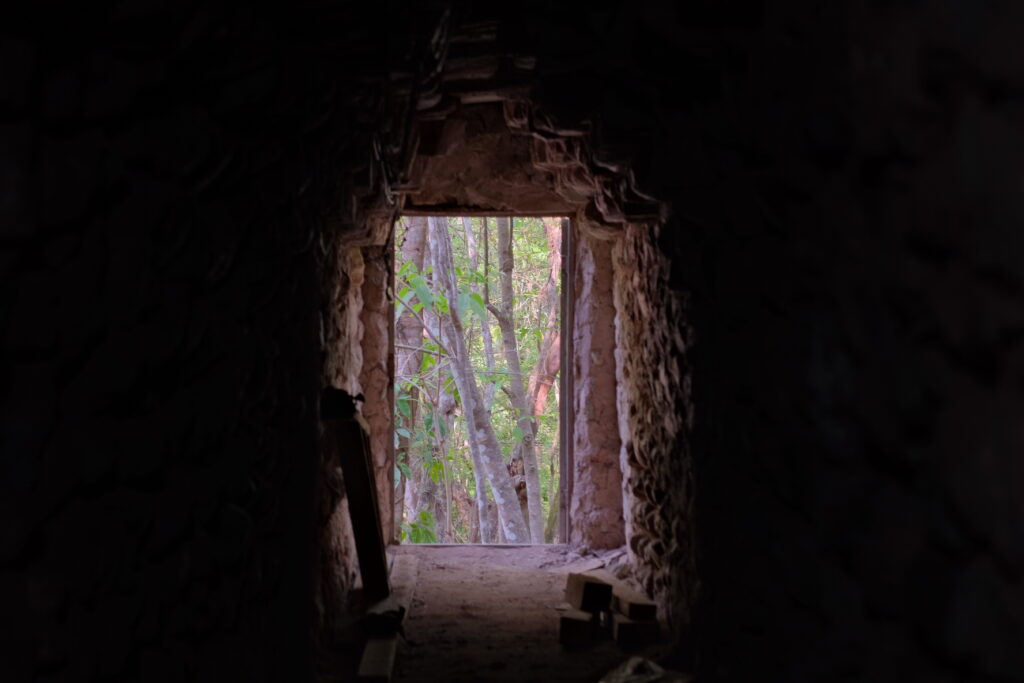
A World of Darkness, Humidity, and Guardians of the Past
Working in the tunnels of Copan is not for the faint of heart. The tunnels are almost completely dark—silent except for the sound of water dripping from the humid air. At 100% relative humidity, every breath feels thick, and sweat clings to your skin almost immediately. Our equipment was constantly at risk from the moisture, and we had to take extra care to protect the delicate 3D scanners we were using to document the site.
Then, there’s the wildlife. The tunnels are home to scorpions and amblypygi, or whip scorpions, who are actually spiders that grow up to 27 inches long. These cautious guardians of the site are not aggressive unless threatened, but their size and presence make each step in the dark feel like a brush with danger. However, the real threat came from the tunnels themselves, which are at constant risk of collapse, especially during the rainy season.
In recent years, hurricanes have caused significant flooding and damage to many of the tunnels. Every storm that passes through Honduras threatens to wipe away sections of these tunnels and the history they contain. That’s why our work was so urgent—to document as much as we could before it was lost forever.
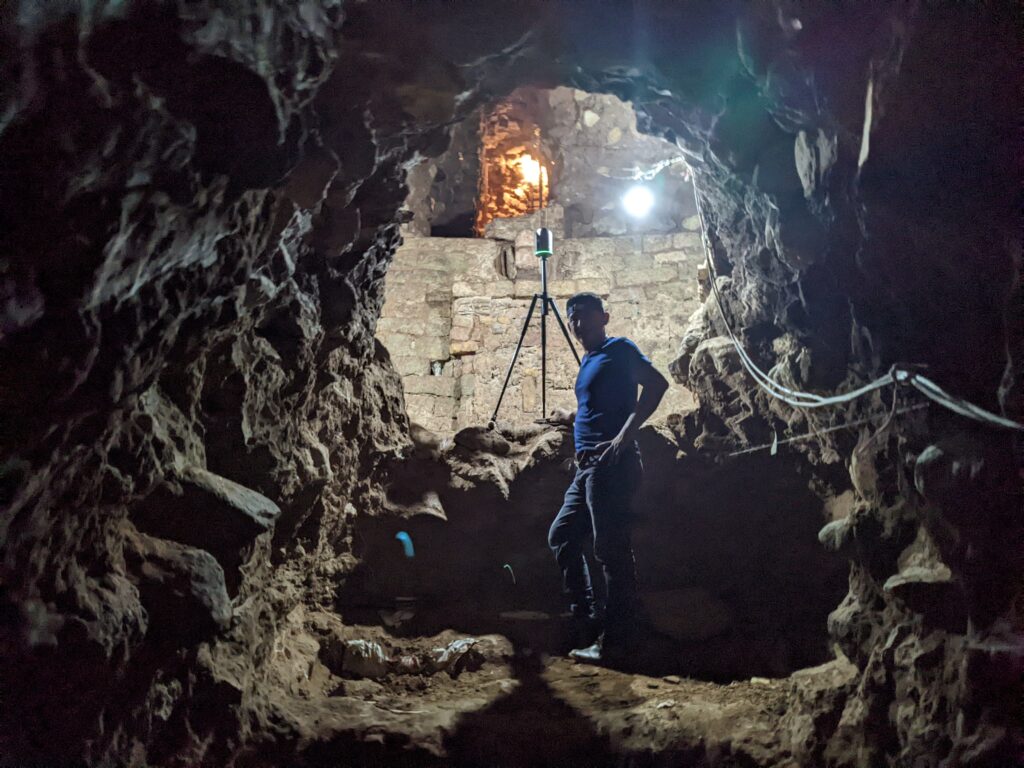
Early in the project, during the second week of scanning, disaster struck. We were deep in one of the tunnels when a section collapsed on top of four of us. The darkness was absolute, the air filled with dust and the sound of falling earth. At that moment, I was still learning Spanish and getting to know everyone, but all of that disappeared in an instant. There we were—archaeologists, engineers, and site workmen—digging ourselves out with our hands, clawing through the dirt and rubble to free each other.
In that tunnel, under the weight of the earth, language, nationality, and age didn’t matter. We were brothers, united by our shared passion for the history we were there to preserve. The fear was real, but so was the sense of purpose. We weren’t just colleagues; we were a team bound by our love for Copan and our commitment to ensuring its story would be shared with the world.

While the tunnels contained incredible architecture and discoveries inside the monuments, the process of scanning was physically demanding–especially because the lighting conditions in the tunnels were so difficult to control. We had to bring in our own artificial lighting, but too much light created harsh shadows and reflections, while too little left details invisible to the scanner. We spent hours adjusting lights and equipment to capture every detail as well as we were able down to the smallest carving.
The constant threat of collapse weighed on us as well. After the recent hurricanes, sections of the tunnels flooded, and some were damaged beyond repair. We worked against time and the elements, knowing that each passing day or storm could erase entire sections of history before we had the chance to document them.
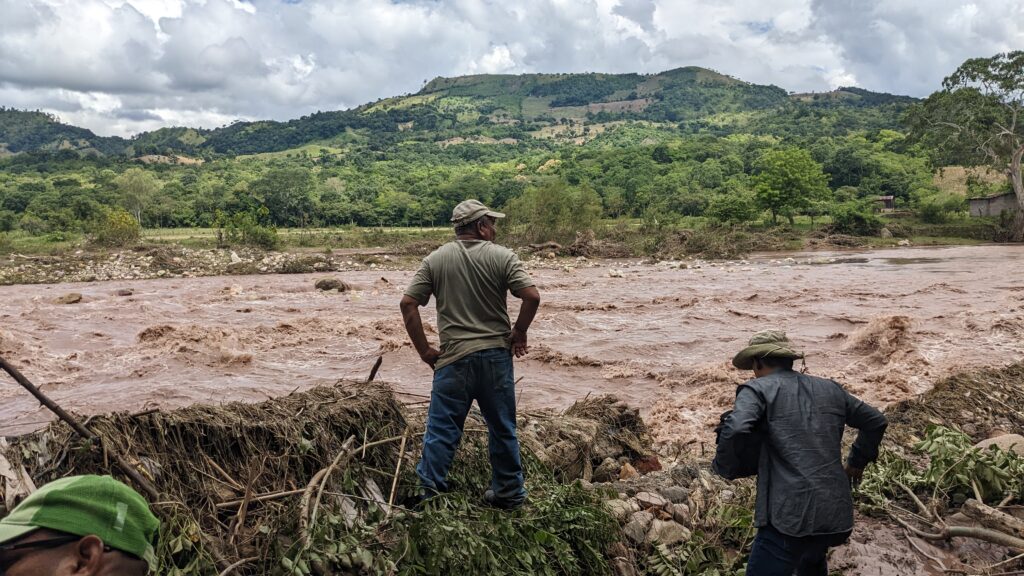
Copan is a global treasure, but it is fragile. The Copan Asociacion is doing amazing work documenting the site and needs whatever support you can lend, dear reader! The hurricanes were a reminder that the site is constantly under threat from the elements. The tunnels we scanned are at risk of collapse, and without continued conservation efforts, we could lose them forever. That’s why the work being done by the Copan Asociacion and other local archaeologists is so important–and why they need our ongoing support.
I encourage everyone reading this to learn more about Copan. Visit the site if you can—explore the temples, walk through the tunnels, and immerse yourself in the history. Supporting the Copan Asociacion and the local community helps ensure that this incredible city and its stories are preserved for future generations.
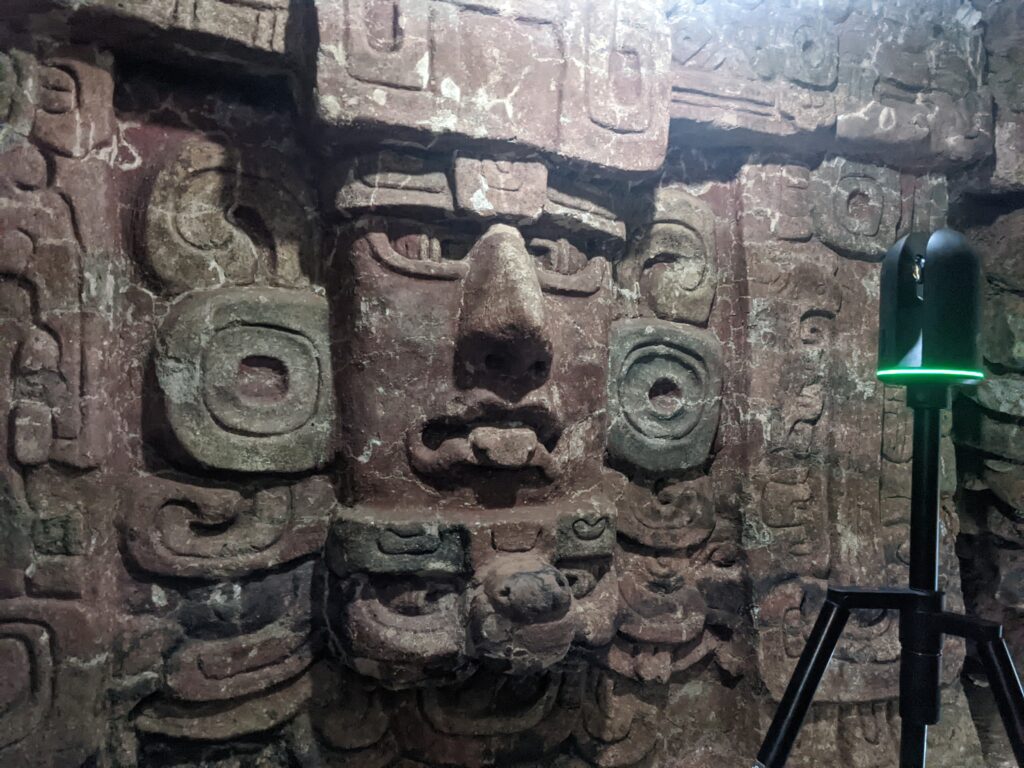
My months spent living in the village and scanning the tunnels of Copan were about much more than just documenting ancient structures—it was about connecting with the past in a way that will allow others to experience it too. The physical and emotional challenges we faced only deepened my commitment to this work. The responsibility to preserve these stories is one we all share.
Through this 3D scanning, we’ve ensured that Copan’s hidden world will not be lost to time but able to be taught in classrooms around the world. But the future of this site depends on continued support. So, whether it’s by exploring the 3D virtual tours here, visiting Copan in person, or supporting the work of the Copan Association, please be a part of their journey!
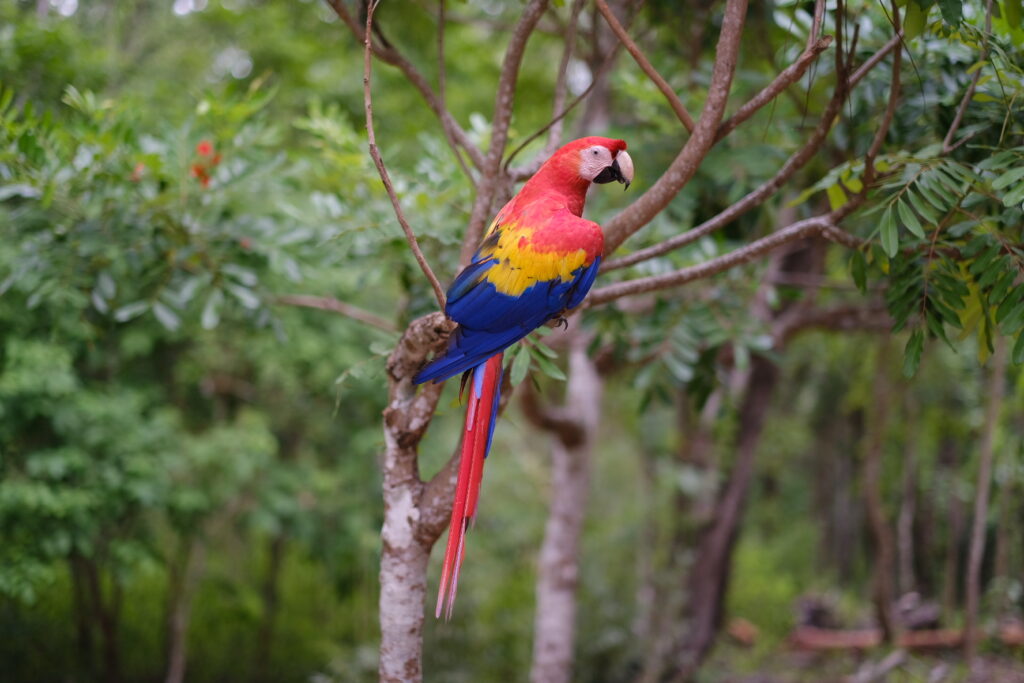

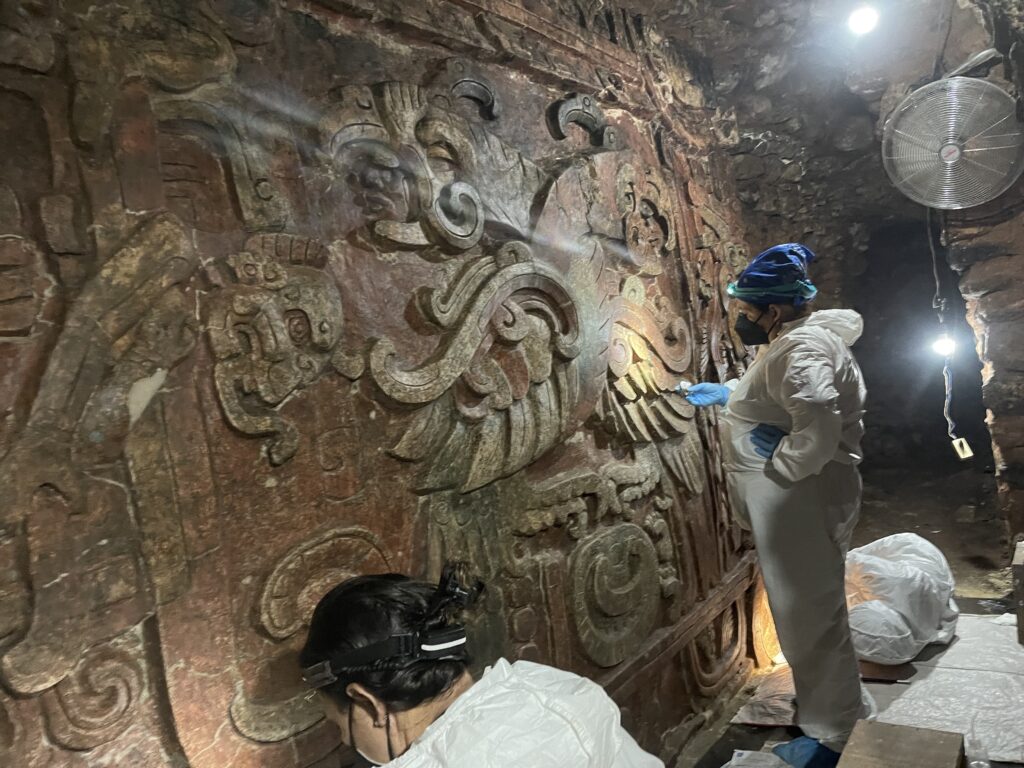
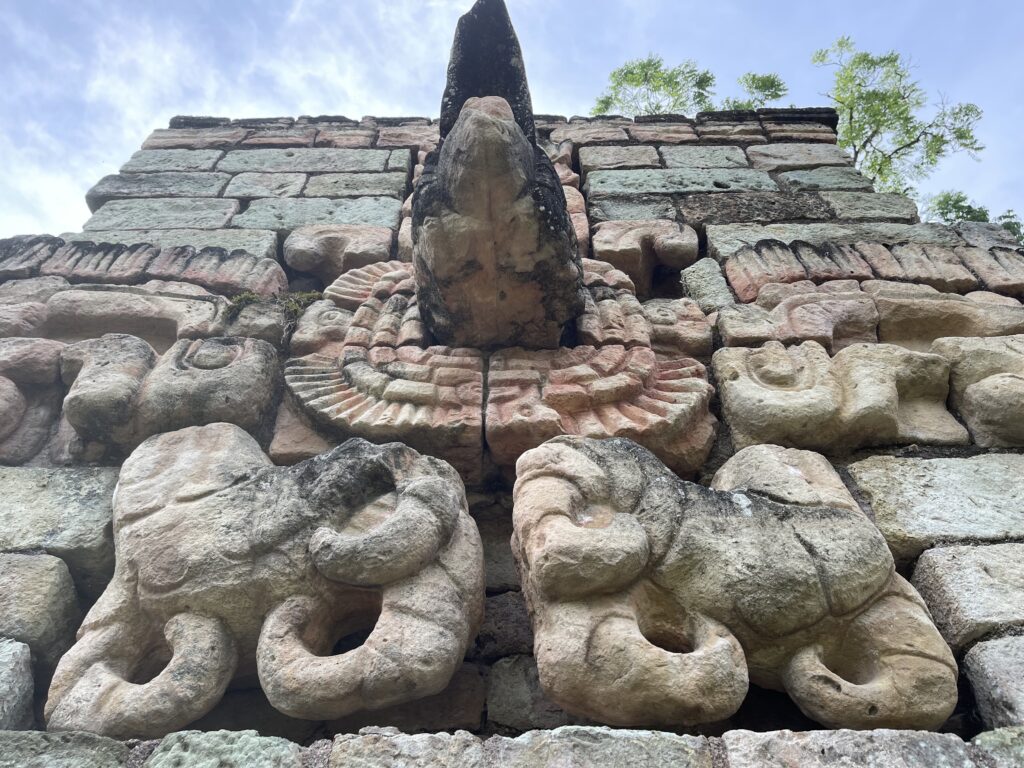
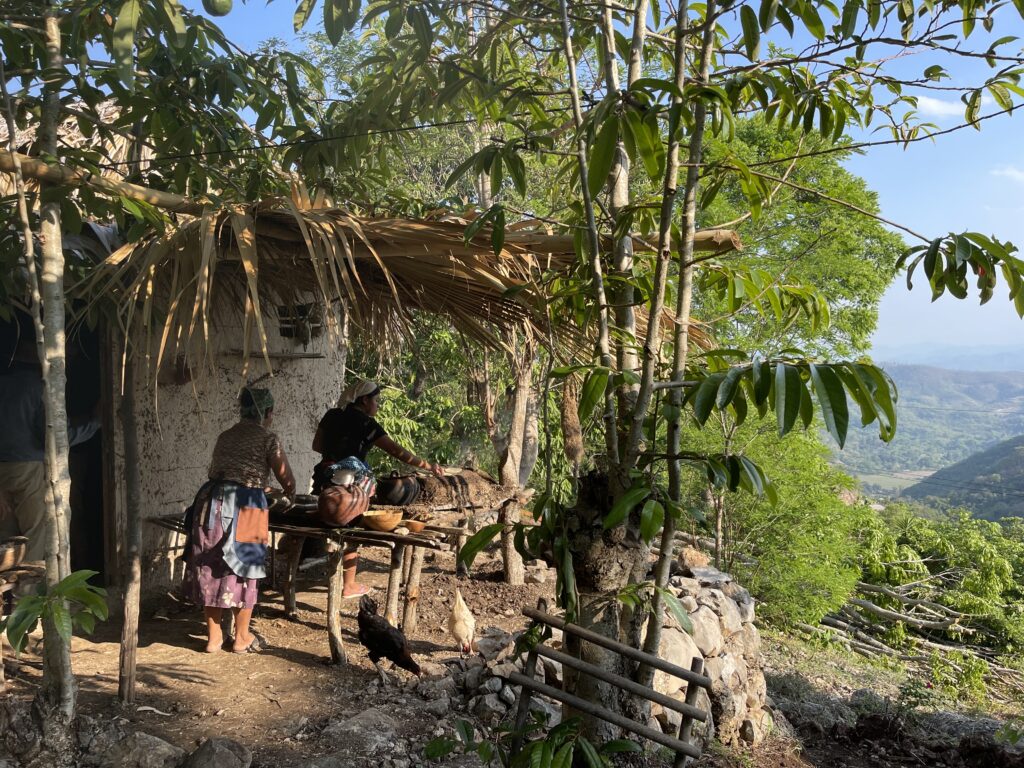


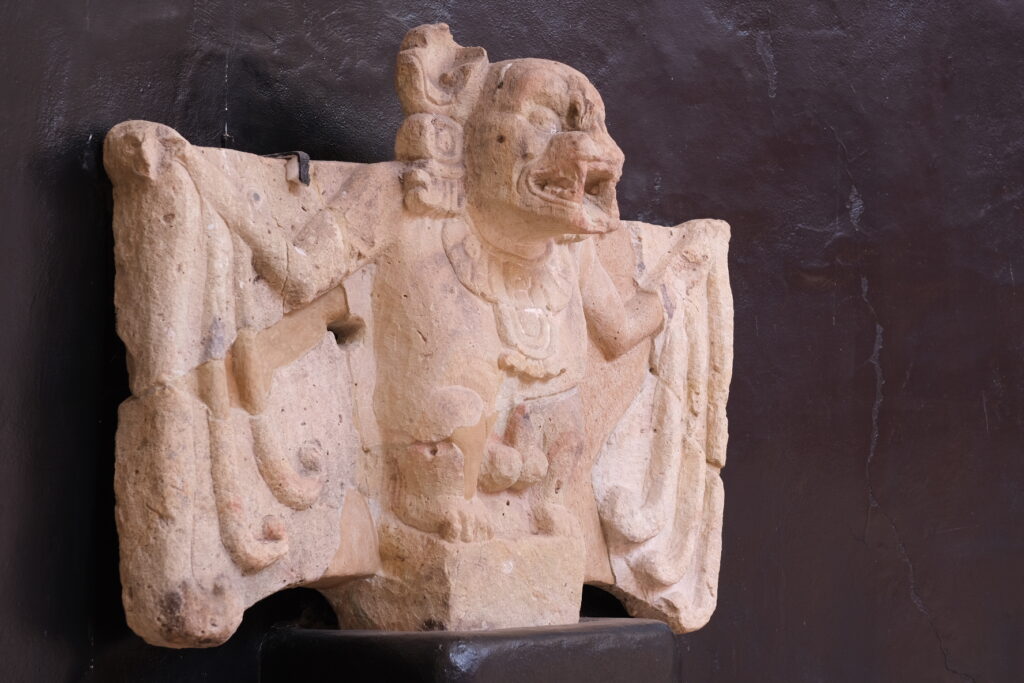

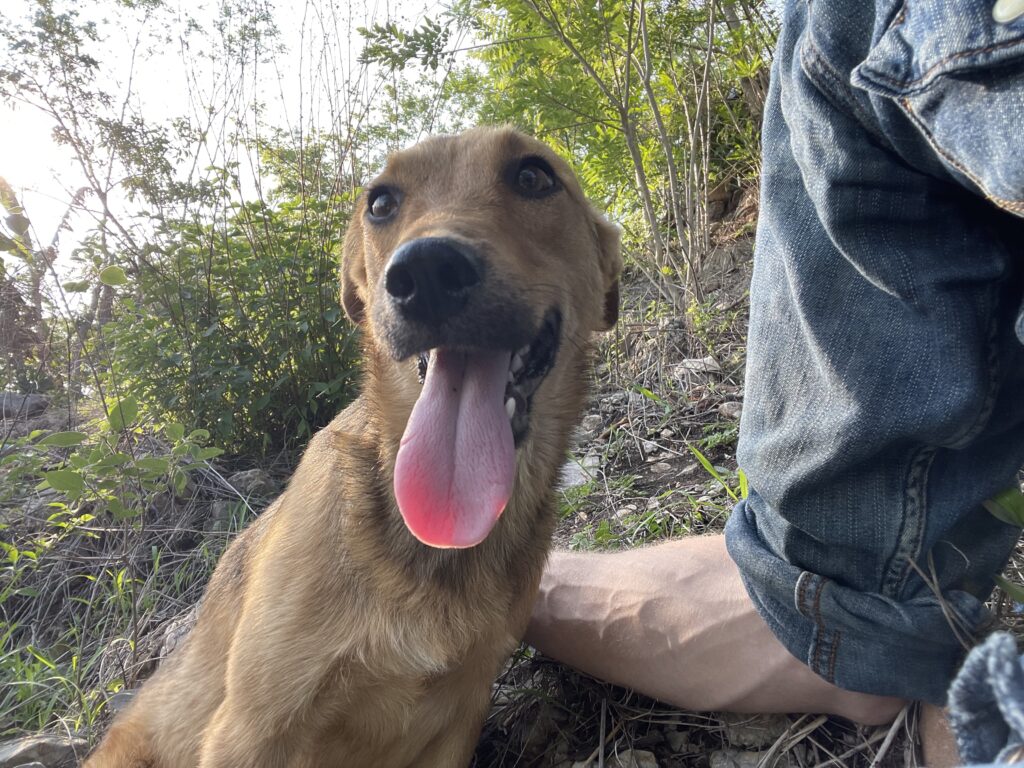



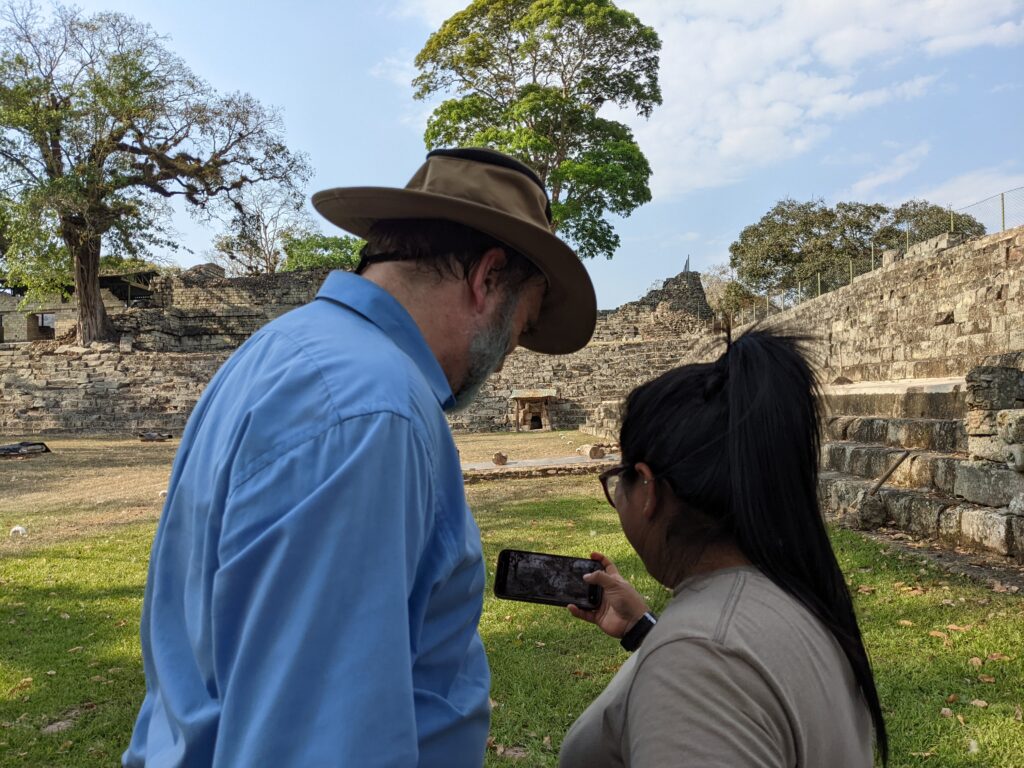
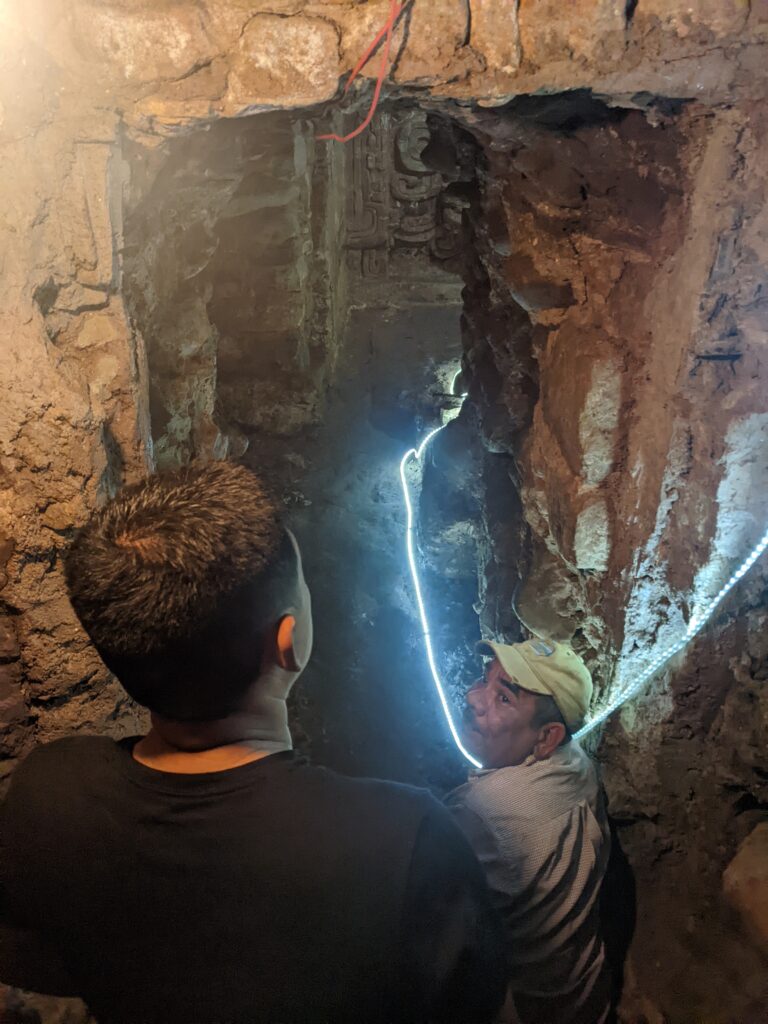
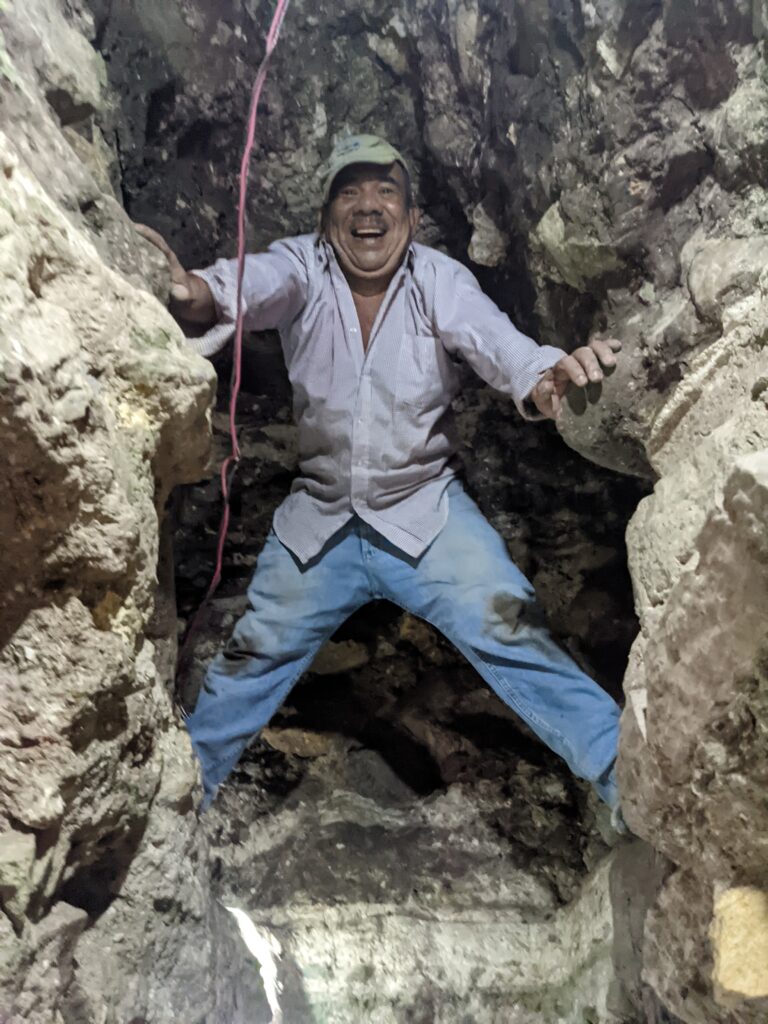
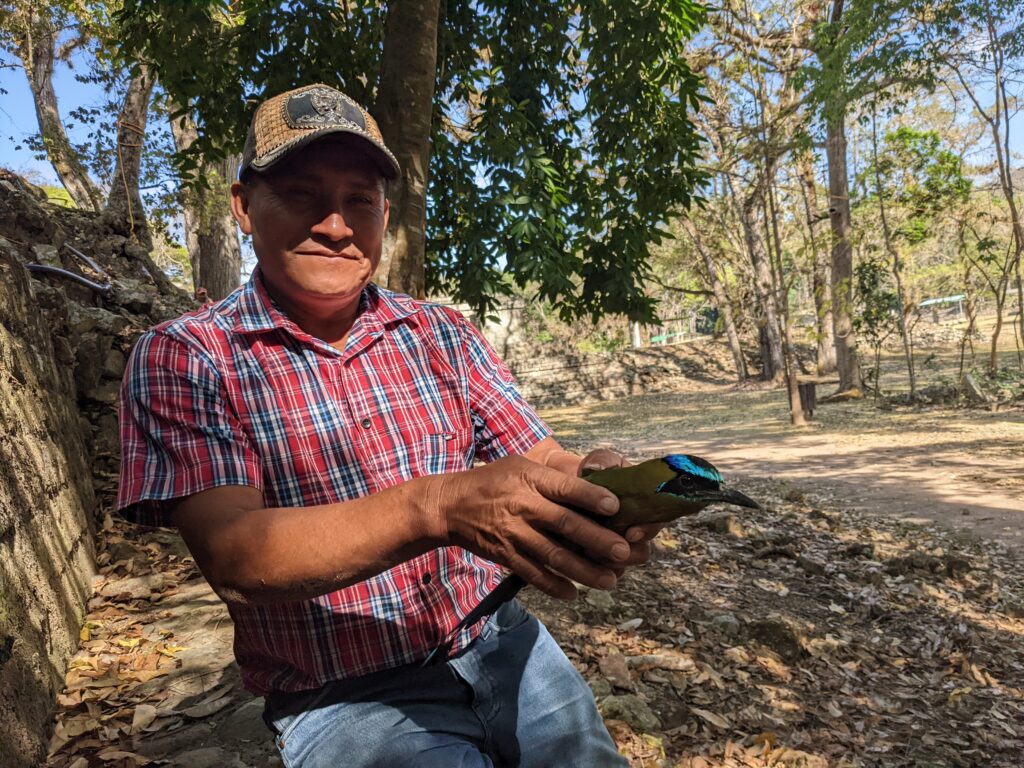
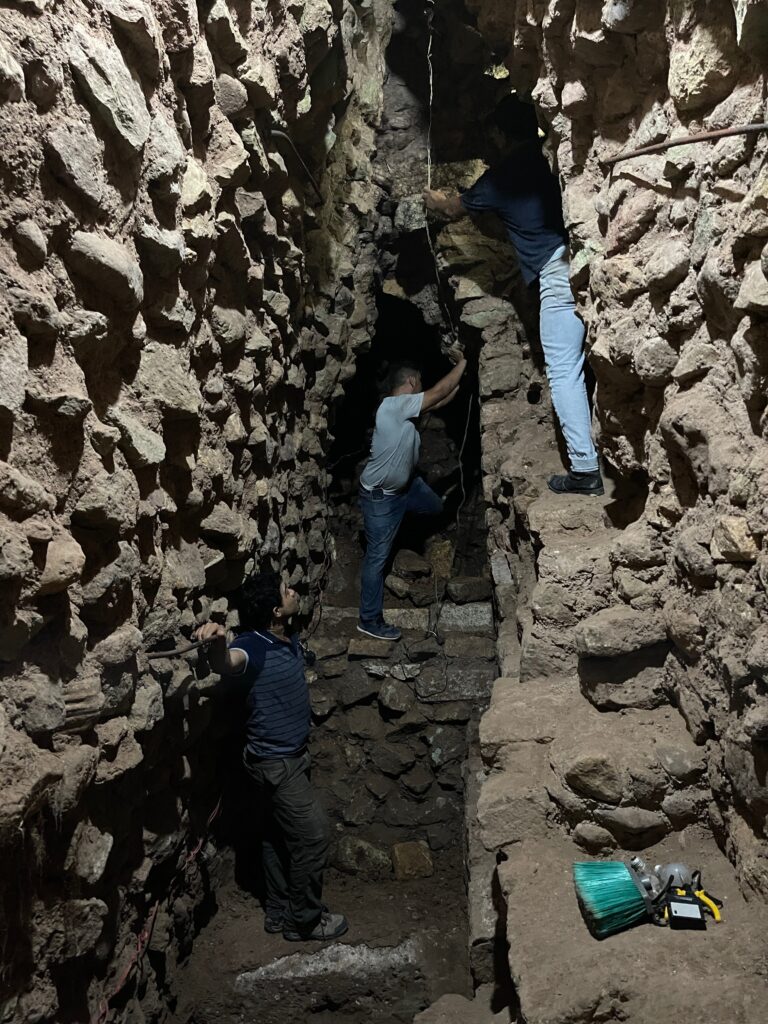

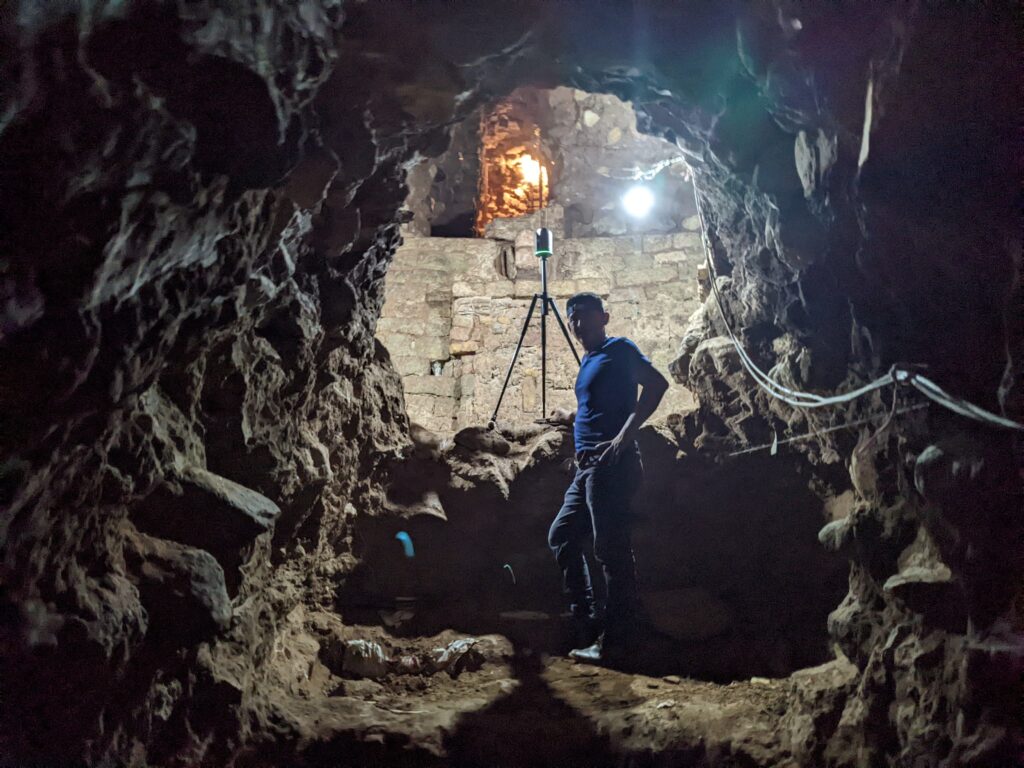

This project takes multiple lifetimes of a lot of people to do justice in the coming years–wish us luck, dear readers!
We worked in the tunnels for several consecutive months to digitize the current state in the survey presented on this website, and these teams from Instituto Hondureño de Antropología e Historia (IHAH), Asociación Copan, Copan Archaeological and Conservation Project at the Peabody Museum of Archaeology and Ethnography at Harvard University, and the University of Pennsylvania made it possible:
Temple 16 and Rosalila Temple:
Ricardo Agurcia Fasquelle, Elisandro Garza, Manuel Cueva, Luis Cueva, Joel Villeda, Manuel Antonio Guerra
Temples 20, 22, and Margarita:
Adelso Canán, Karina García, Erasmo Ramirez, Don Francisco, and William Fash
And the Mused team:
Talya Stanke, Tessa Litecky, and Luke Hollis
1 Comment
Comments are closed.



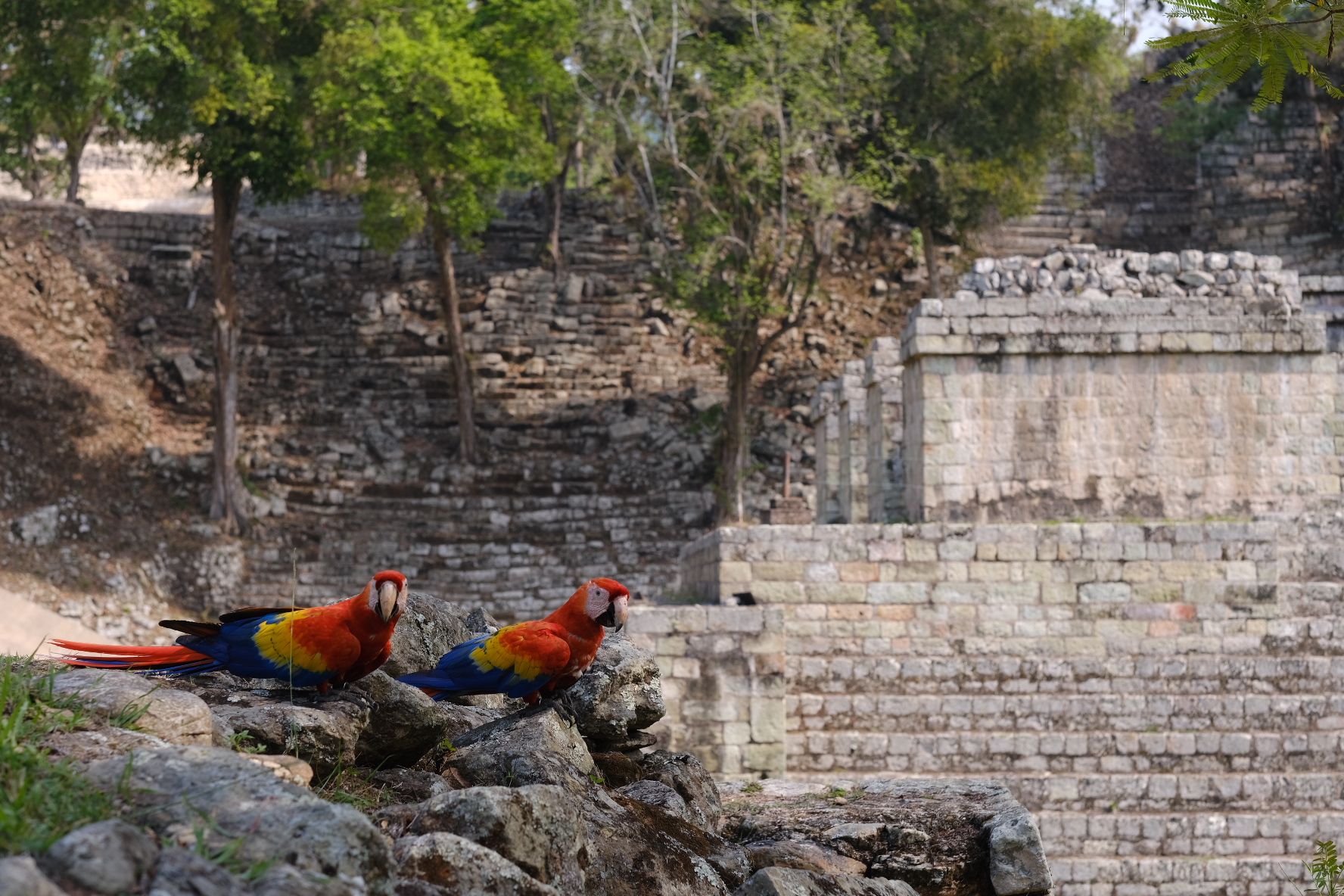
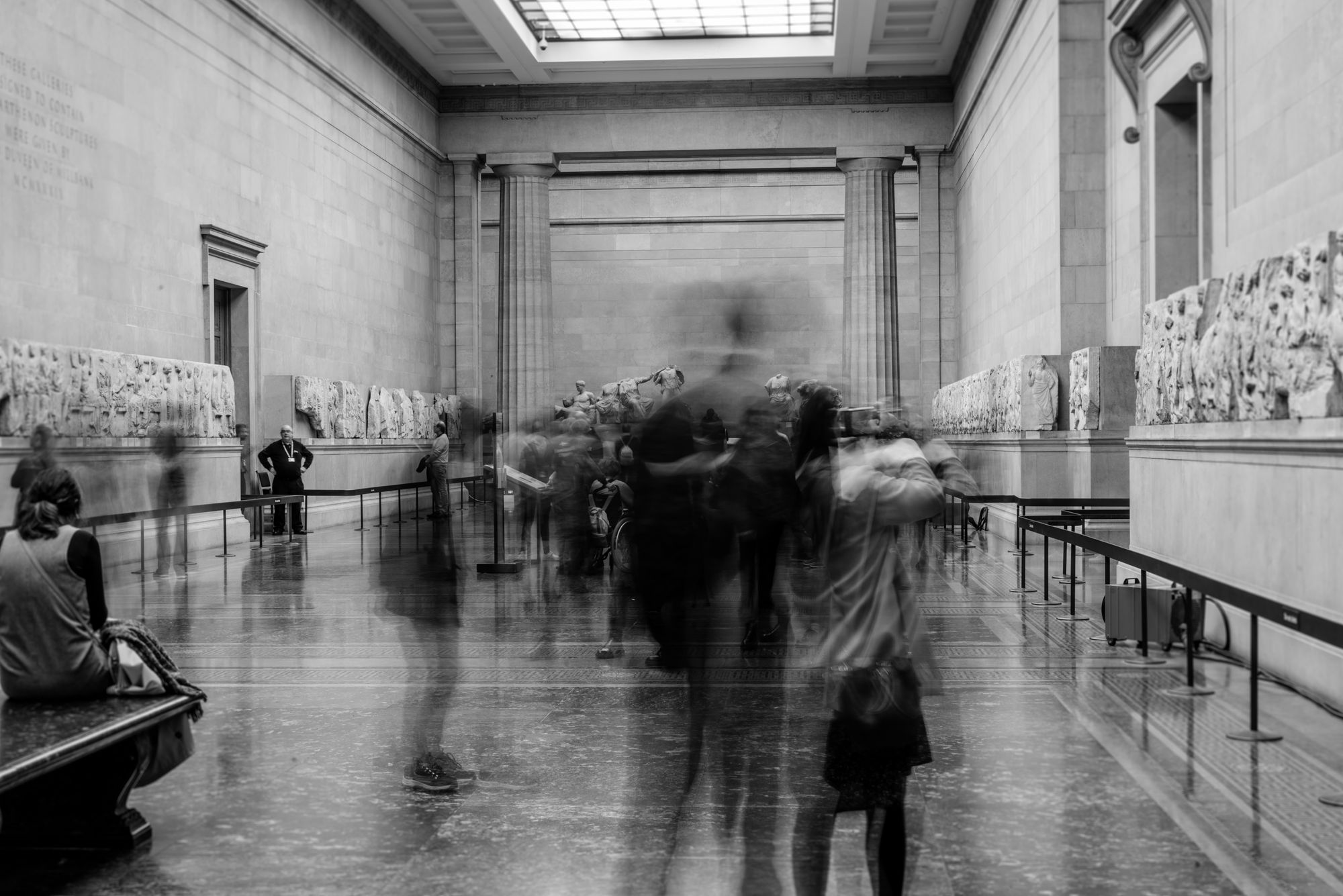
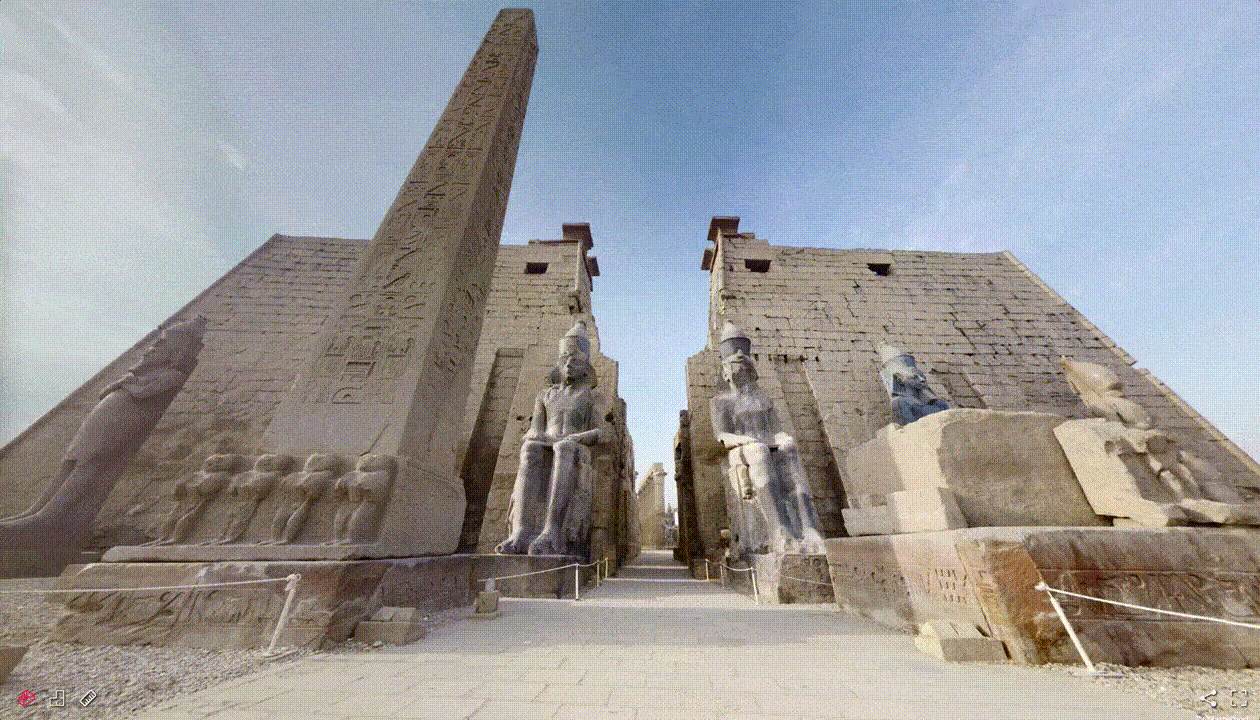
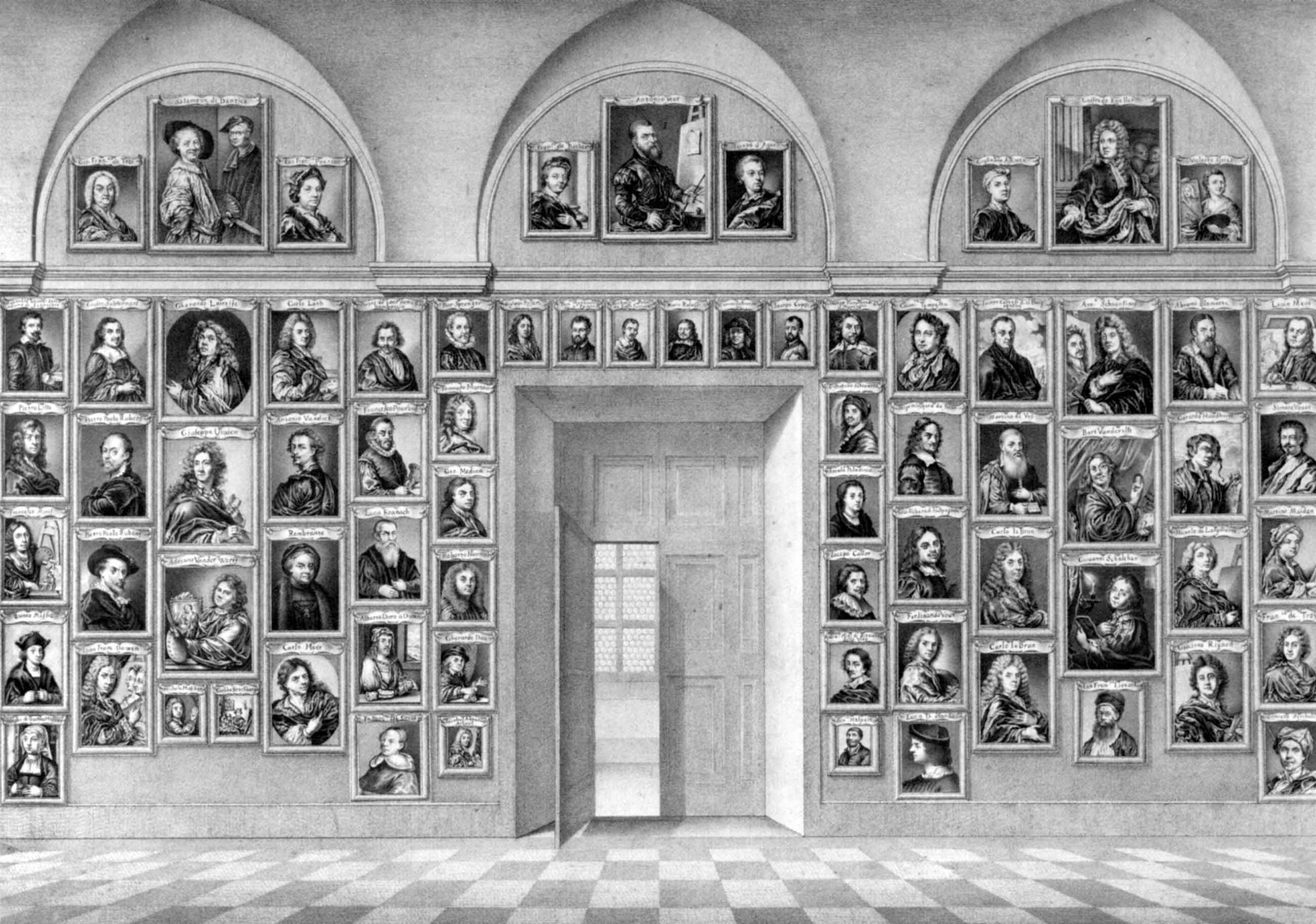
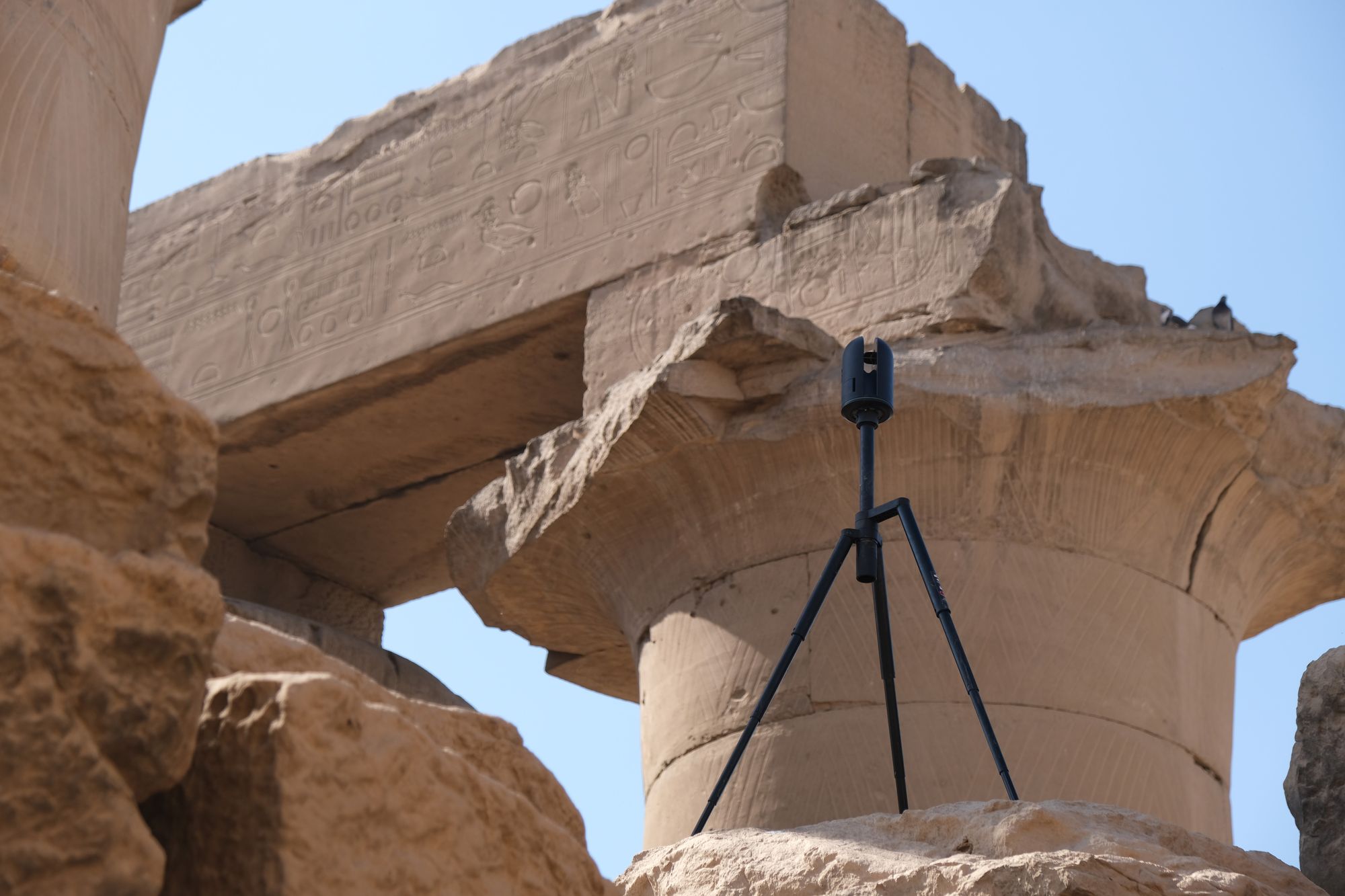

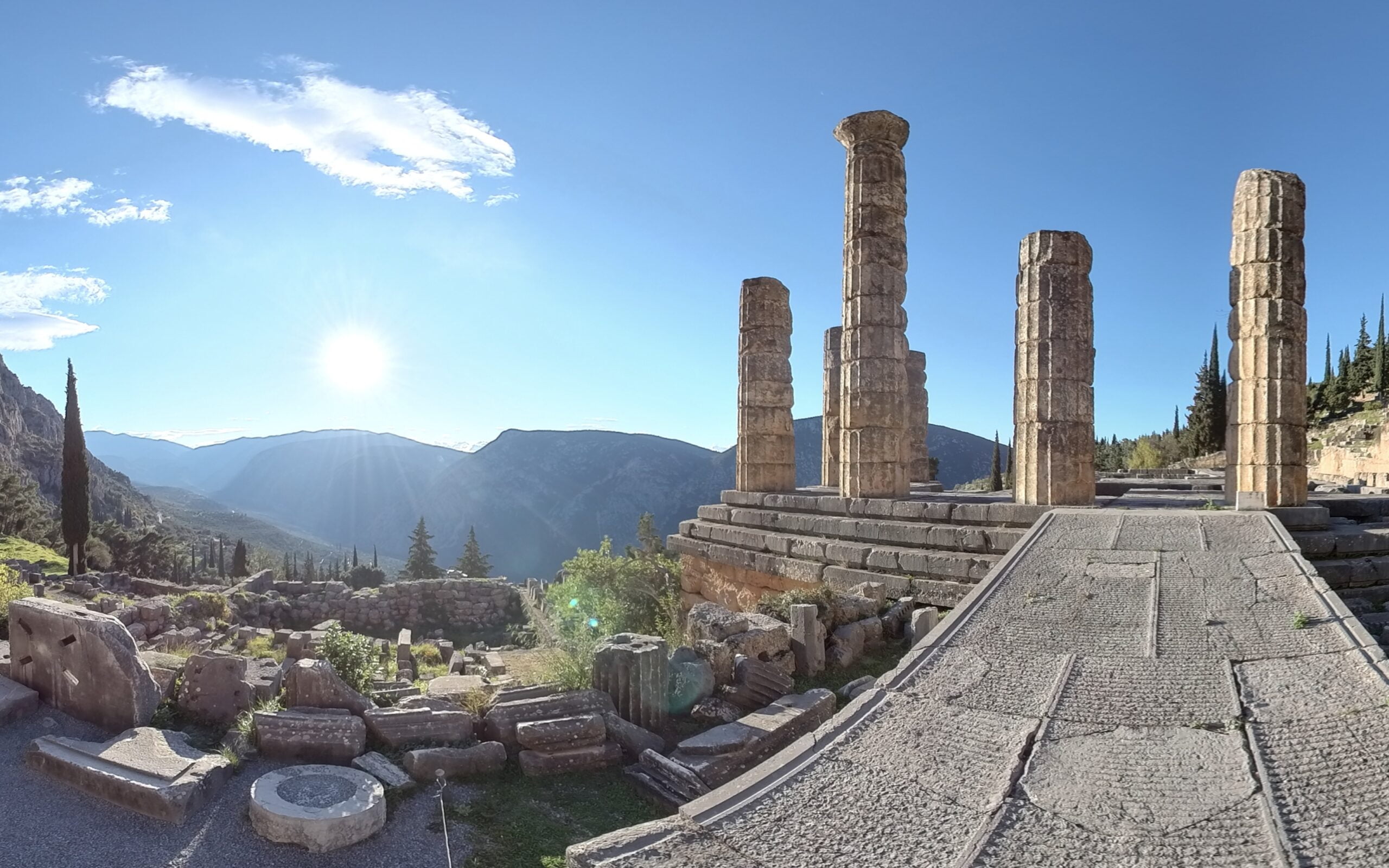
Pingback: Show HN: I 3D scanned the tunnels inside the Maya Pyramid Temples at Copan